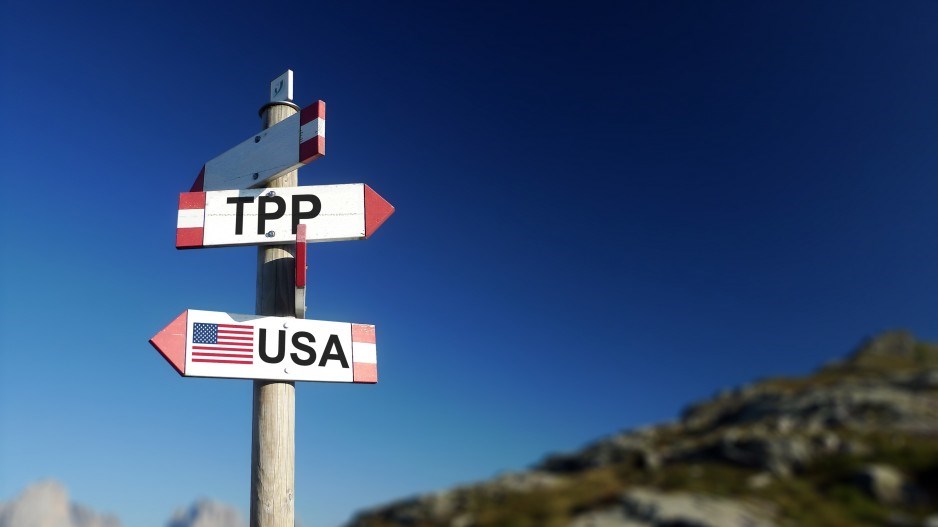China was excluded from the 12-member TPP, which former U.S. president Barack Obama saw as a security alliance to contain Beijing’s regional power ambitions as much as a trade pact.
The death of TPP leaves the Regional Comprehensive Economic Partnership (RCEP), in which China looms large, as the main Asian free trade agreement on the planning table. RCEP is not as ambitious as the TPP. Even so, it would account for half the world’s population and about a third of global gross domestic product. It will include China, Japan and South Korea in northeast Asia, the 10 countries of the Association of Southeast Asian Nations, and three peripheral east Asian countries: Australia, India and New Zealand.
Negotiations for the RCEP were launched in 2012, and although the range of issues covered is similar to those in the TPP, the level of liberalization is lower. Also, because the 16 RCEP countries represent a greater diversity of economies, the exceptions and permitted protective opt-outs are larger than in the TPP.
As with the TPP, the RCEP talks cover trade in goods and services, investment, intellectual property rights, rules of origin, competition and e-commerce. However, they do not include state-owned enterprises, labour or the environment.
The aim is to conclude the RCEP negotiations this year, but even if that deadline is not met, the deal is likely to be done within the next two years.
The reduction or elimination of tariffs on goods will be a great fillip for China’s exports in the region. This is of concern to India, which anticipates a large influx of Chinese goods once tariff barriers drop. India, however, is a major exporter of services throughout the region, and has successfully argued that lowering barriers on trade in services must match those on goods.




